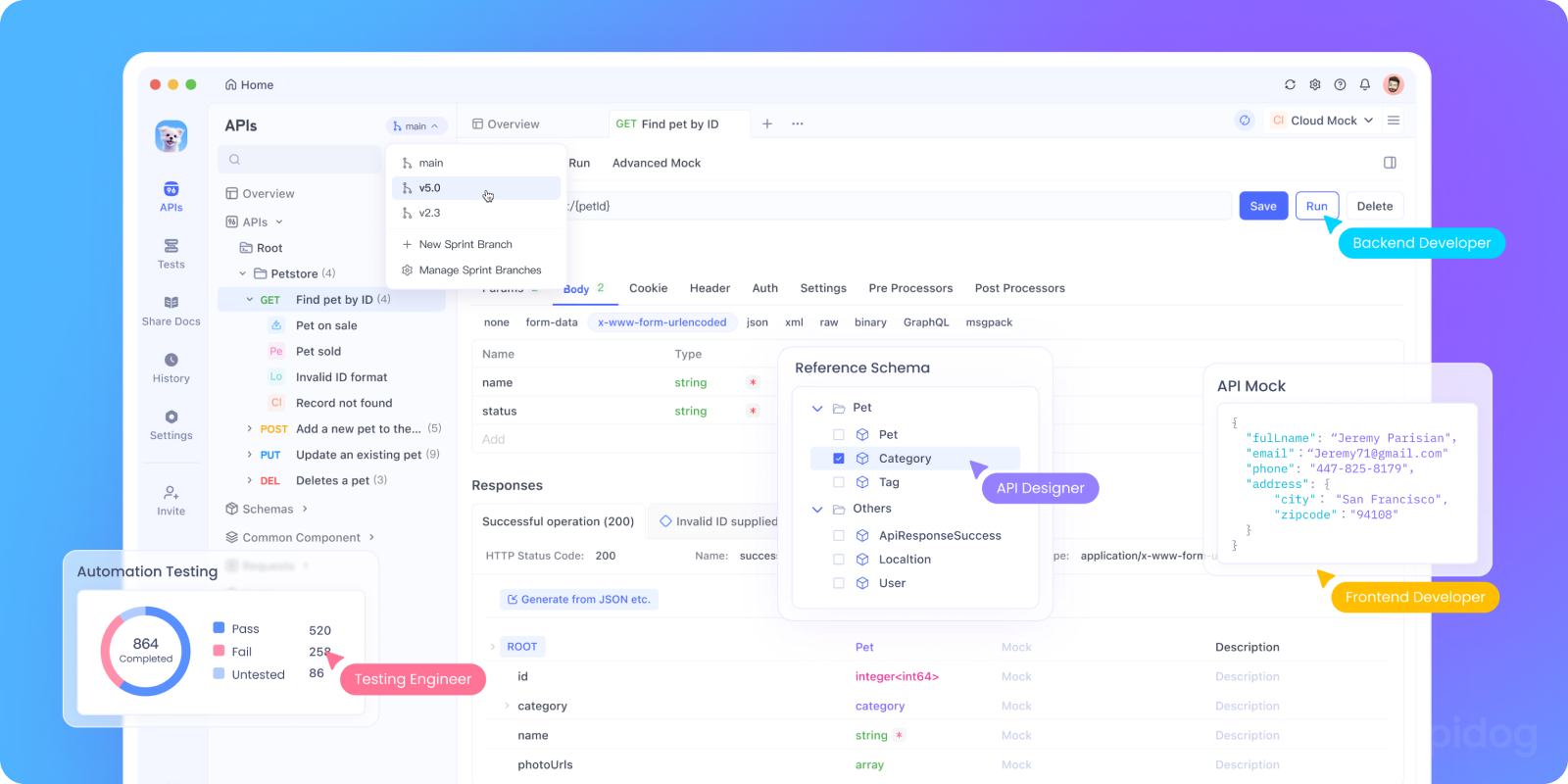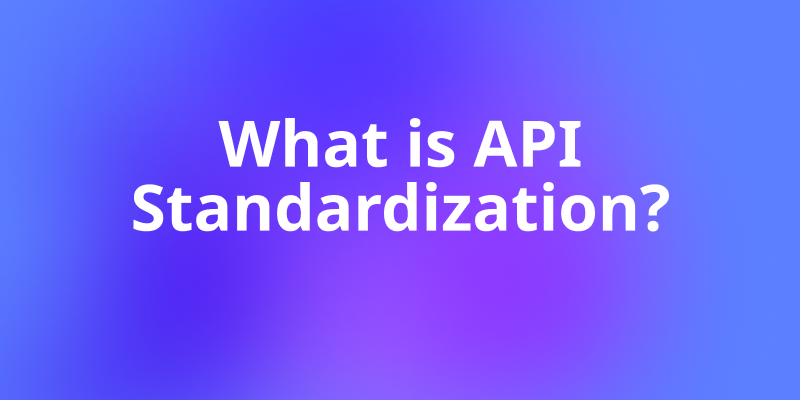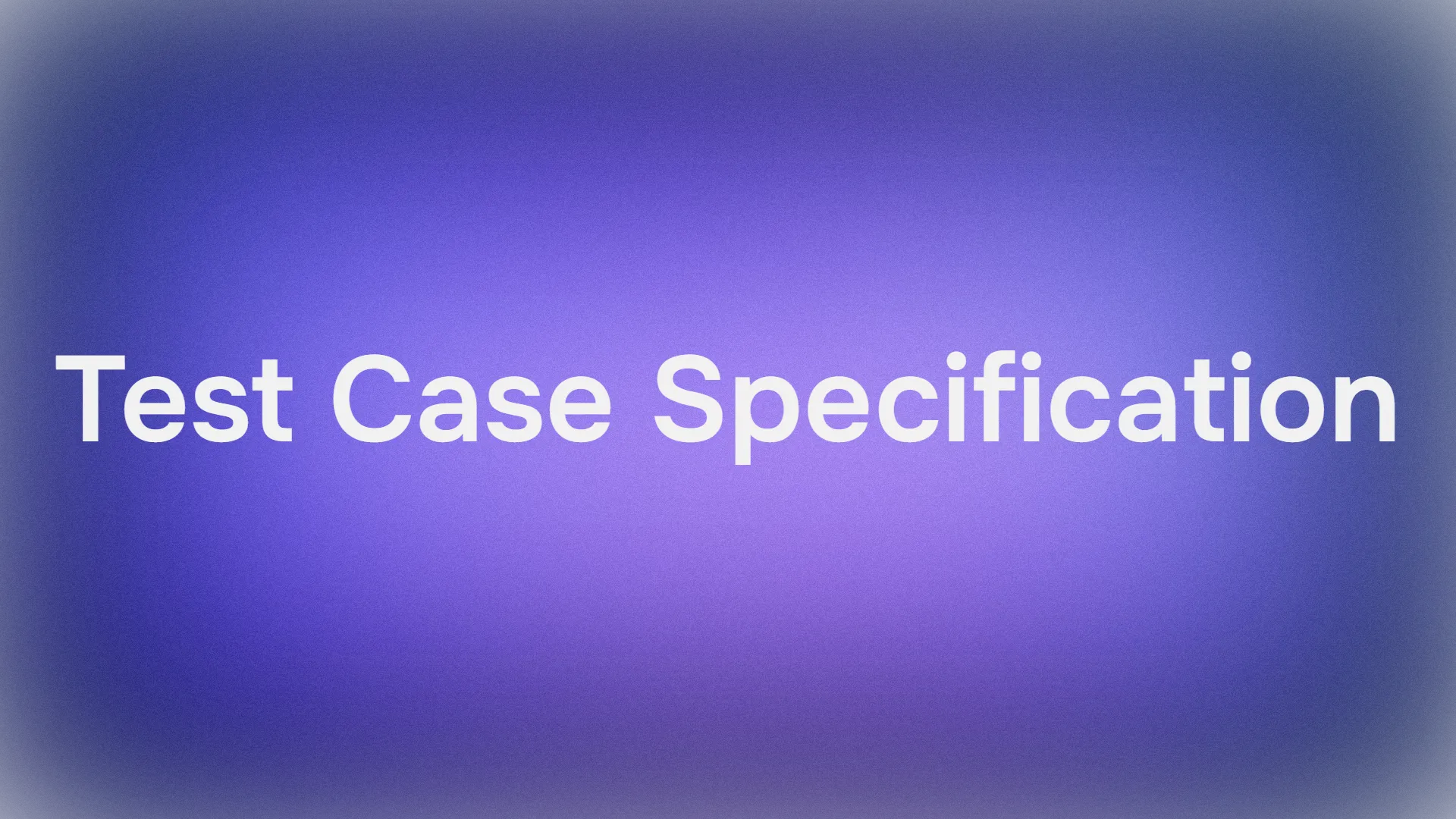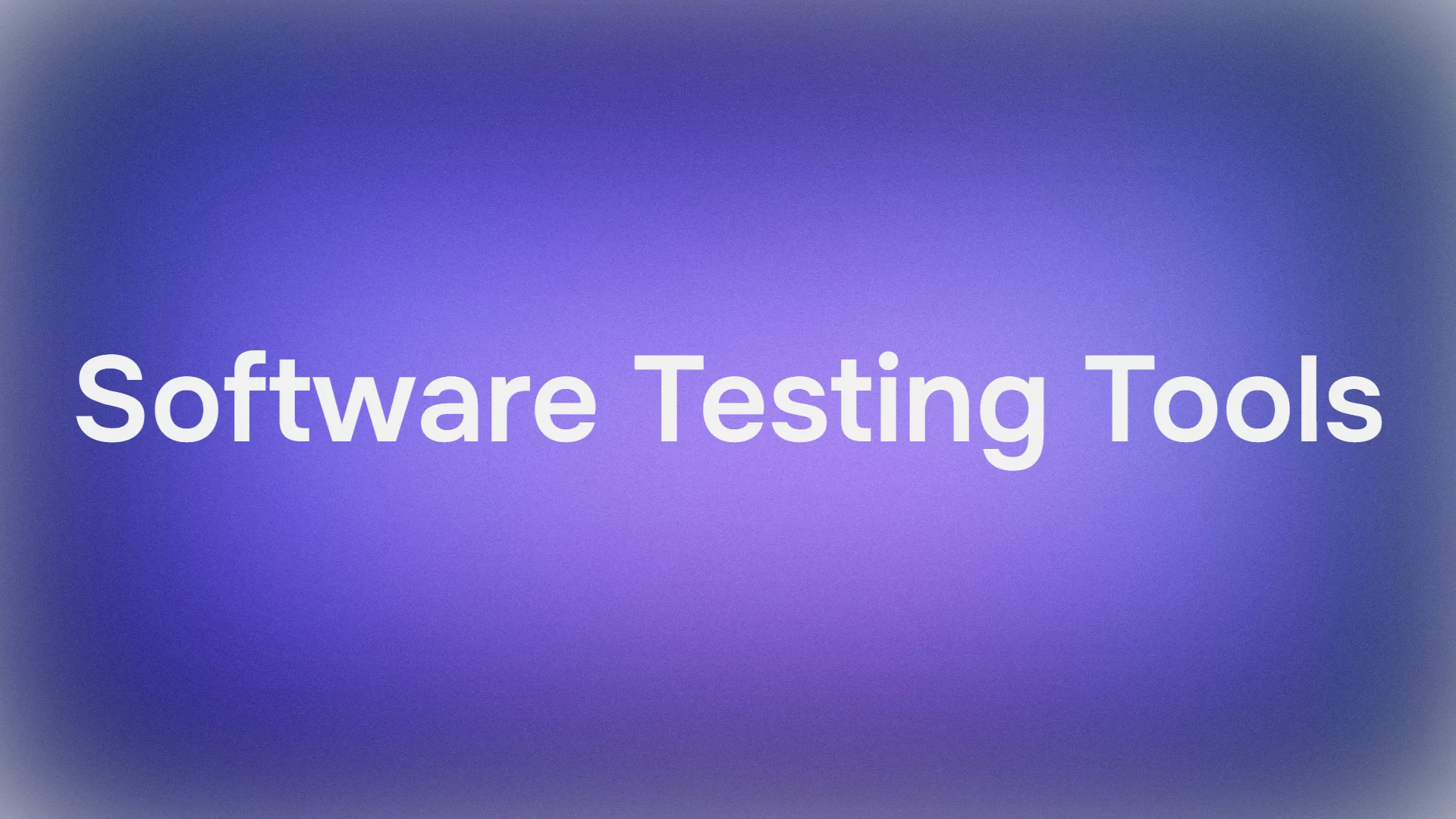If you’ve spent any time in the world of software development or digital transformation, you’ve probably heard the term API standardization being thrown around. In today’s interconnected digital world, APIs (Application Programming Interfaces) are the lifelines connecting applications, systems, and services. But what does it mean, and why is it such a big deal?
Today’s businesses don’t just use one or two APIs. But as the number of APIs grows exponentially, a common challenge organizations face is inconsistency. Different teams building APIs in different ways can create chaos, inefficiencies, and a steep learning curve for developers. They rely on hundreds, sometimes even thousands of them to connect applications, enable services, and deliver seamless digital experiences. Without standardization, this API ecosystem can quickly turn into a spaghetti mess of inconsistent rules, confusing documentation, and frustrated developers.
That’s where API standardization comes in.
It’s about creating a common language, consistent design principles, and shared governance practices so that every API in your organization looks, feels, and behaves in a predictable way. By standardizing APIs, organizations can improve quality, increase reusability, boost developer productivity, and simplify integration efforts.
Want an integrated, All-in-One platform for your Developer Team to work together with maximum productivity?
Apidog delivers all your demands, and replaces Postman at a much more affordable price!
In this article, we’ll dive deep into what API standardization is, why it matters, its key benefits, best practices. By the end, you’ll have a complete understanding of how to build and maintain standardized APIs that accelerate development and improve adoption.
What is API Standardization?
At its core, API standardization is the process of creating and enforcing rules, patterns, best practices, and frameworks to design, build, document, and guidelines that ensure all APIs in an organization are consistent, predictable, and reusable.
It covers aspects like:
- Naming conventions (consistent resource names and endpoints)
- Authentication mechanisms (OAuth2, JWT, API keys)
- Error handling formats (standardized error codes and messages)
- Documentation style (consistent examples, parameters, and response structures)
- Design principles (RESTful conventions, GraphQL schema definitions, etc.)
Think of it like grammar rules for APIs. Just as a common language makes communication easier, API standardization makes it easier for developers, partners, and systems to understand and use APIs.
Why API Standardization Matters
Now, you might ask: Why can’t teams just build APIs however they want? With digital transformations accelerating, organizations may have hundreds or thousands of APIs spread across multiple teams and business units.
Here’s why that’s risky:
- Developer Frustration: Without consistency, developers waste time learning each API’s quirks.
- Security Gaps: Different teams might implement authentication differently, creating vulnerabilities.
- Integration Headaches: APIs that don’t follow standards are harder to integrate with.
- Poor User Experience: End-users and partners get frustrated with inconsistent error handling or documentation.
By enforcing API standardization, organizations enjoy:
- Faster API consumption and integration
- Higher quality and predictable behavior
- Streamlined onboarding and collaboration
- Better governance, security, and compliance
Standardized APIs are like well-marked highways. They’re predictable, efficient, and easy to navigate.
Key Benefits of API Standardization
API standardization isn’t just a technical preference it delivers tangible business value.
1. Faster Development: When APIs follow a consistent design, developers don’t need to reinvent the wheel. They can build faster because they know exactly what to expect.
2. Improved Reusability: Standardized APIs can be reused across projects, reducing redundancy and saving costs.
3. Enhanced Security: Applying consistent authentication, authorization, and encryption methods ensures that security isn’t an afterthought.
4. Better Collaboration: Teams across different departments can collaborate without miscommunication, since they’re speaking the same API “language.”
5. Easier Onboarding: New developers can get up to speed quickly with standardized APIs, reducing training time.
6. Consistent User Experience: End-users and partners benefit from predictable API behaviors and standardized documentation.
Principles of API Standardization
To build a sustainable standardization strategy, follow these principles:
- Consistency Over Perfection: Prioritize consistency even if it’s not the “perfect” design.
- Simplicity First: Make APIs easy to use, avoiding unnecessary complexity.
- Security by Default: Standardize strong authentication and authorization.
- Documentation is Non-Negotiable: Every API must have complete, clear documentation.
- Feedback-Driven: Standards should evolve based on developer and consumer feedback.
Best Practices to Get API Standardization Right
Here are some actionable best practices:
- Use OpenAPI (Swagger) or GraphQL SDL for defining schemas.
- Adopt a Uniform Error Handling Format (e.g., error codes, status messages).
- Define Standard Naming Conventions (e.g.,
/users/{id}instead of/getUserById). - Establish Versioning Guidelines (e.g.,
/v1/,/v2/). - Centralize Documentation through a developer portal.
- Automate Standards Enforcement using linting tools and CI/CD integrations.
- Provide Governance Without Bureaucracy Keep rules practical and adaptable.
- Set clear, achievable standards initially and evolve over time.
- Create style guides and reference examples for developers.
- Foster a culture of collaboration with regular reviews and feedback loops.
- Monitor and improve continuously using API analytics and developer feedback.
Challenges in Achieving API Standardization
Of course, it’s not all smooth sailing. While the benefits are clear, API standardization comes with its own set of challenges:
- Organizational silos: Different teams frustrated by mandates may resist standardization efforts.
- Legacy APIs: Older APIs may not conform to new standards, requiring costly refactoring.
- Balancing flexibility and consistency: Overly rigid standards may stifle innovation.
- Resistance to Change: Teams may be attached to their own methods.
- Lack of Governance: Without proper enforcement, standards remain theoretical.
To overcome these hurdles, organizations should adopt a phased, collaborative approach with clear communication on the benefits and get leadership buy-in. This is where having the right balance of flexibility and enforcement becomes key.
API Standardization in REST, GraphQL, and gRPC
Standardization looks different depending on the API style:
- REST APIs: Focus on consistent resource naming, verbs (GET, POST), and response codes.
- GraphQL APIs: Standardize schema design, field naming, and query depth limitations.
- gRPC APIs: Ensure consistent protobuf definitions, error codes, and security policies.
Regardless of style, the core principle remains the same: predictability.
API Standardization vs. API Governance
While the terms are related, they’re not identical.
- API Standardization → Focuses on creating consistent design rules.
- API Governance → Focuses on enforcing those standards through processes, reviews, and tooling.
Think of standardization as the rulebook and governance as the referee. Both are needed for long-term success.
How Apidog Supports API Standardization

Apidog plays a crucial role in helping teams automate and enforce API standards:
- API design using OpenAPI and GraphQL: Create and validate schema definitions adhering to standards.
- Automated documentation generation: Documentation stays in sync with the implementation for consistent developer experience.
- Policy templates: Enforce security, rate limiting, and data governance uniformly.
- Collaborative workflows: Teams can review and approve designs against standard templates before development.
- Testing and validation: AI automatically checks APIs against standard contracts and best practices.
By using Apidog, organizations reduce manual errors, boost collaboration, and deliver APIs that are rock-solid and easy to consume. Unlike older enterprise tools, Apidog is modern, developer-friendly, and integrates design, testing, and standardization in one platform.
Other tools in this space include Postman, Stoplight, and SwaggerHub, but Apidog stands out because it emphasizes both design and lifecycle standardization.
The Future of API Standardization in 2025 and Beyond
With advances in AI and machine learning, API standardization will become more intelligent automatically detecting anti-patterns, suggesting improvements, and generating compliant code snippets. As we move deeper into the API economy, expect these trends:
- AI-Assisted API Design: AI tools will suggest standards automatically.
- Automated Governance Pipelines: CI/CD enforcing standards with zero human effort.
- Cross-Organization Standards: Industry-wide API guidelines (finance, healthcare, etc.).
- Event-Driven API Standards: Beyond REST, covering async APIs like Kafka.
- API Security Standards Evolving: Stronger global frameworks for API protection.
Tools like Apidog are already pioneering integration of AI to accelerate this evolution.
Standardization will also expand beyond design to governance automation, compliance scanning, and real-time security policy enforcement.
Conclusion
So, what is API standardization? API standardization is not merely a checkbox on your digital transformation roadmap it’s the foundation for delivering robust, scalable, and developer-friendly APIs that drive business success, a critical enabler for faster development, stronger security, and better collaboration.
By adopting consistent practices, you save time, reduce risks, and create APIs that developers actually love to use. Whether you’re just starting or refining your API strategy, embracing standardization with the help of tools like Apidog will set you up for faster innovation and operational excellence.
But remember: standardization only works if it’s enforced and automated. That’s why tools like Apidog are game-changers. With Apidog, you can design, test, document, and standardize APIs all in one place.



